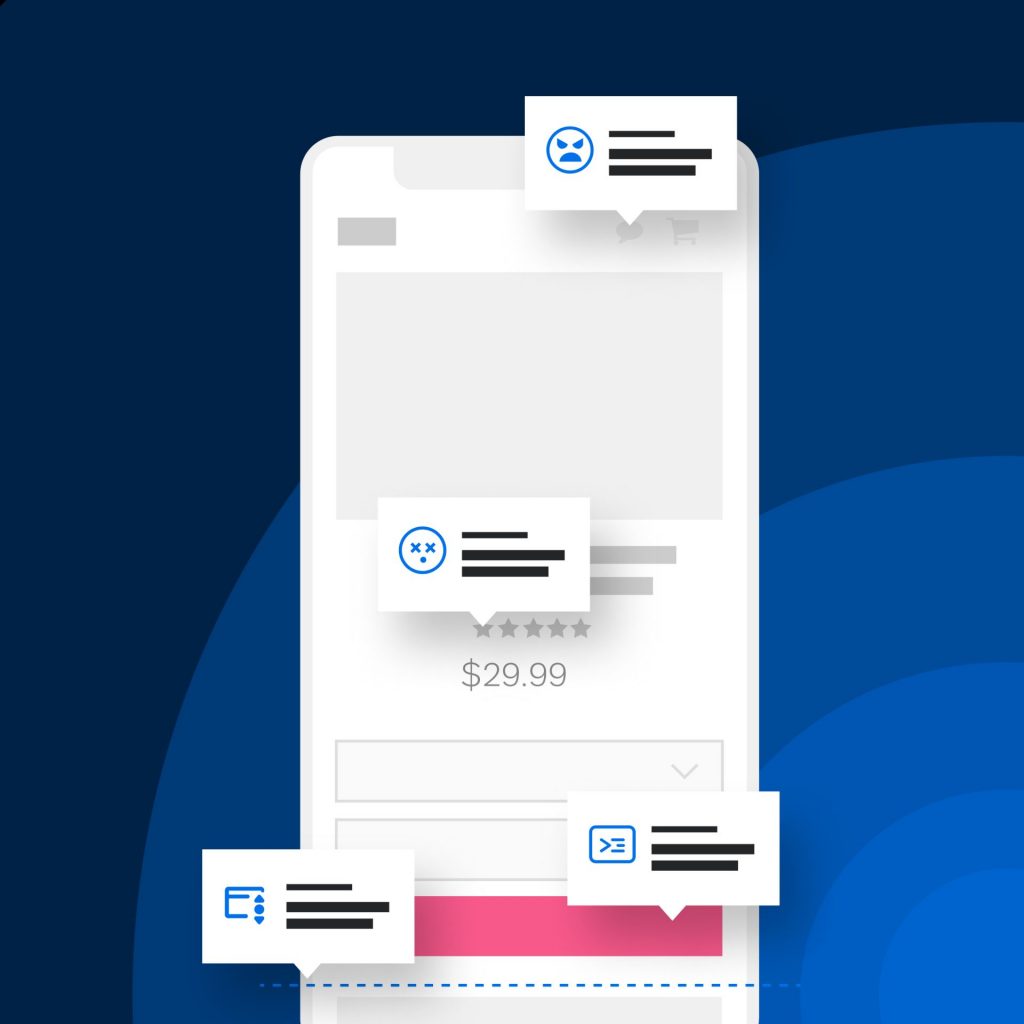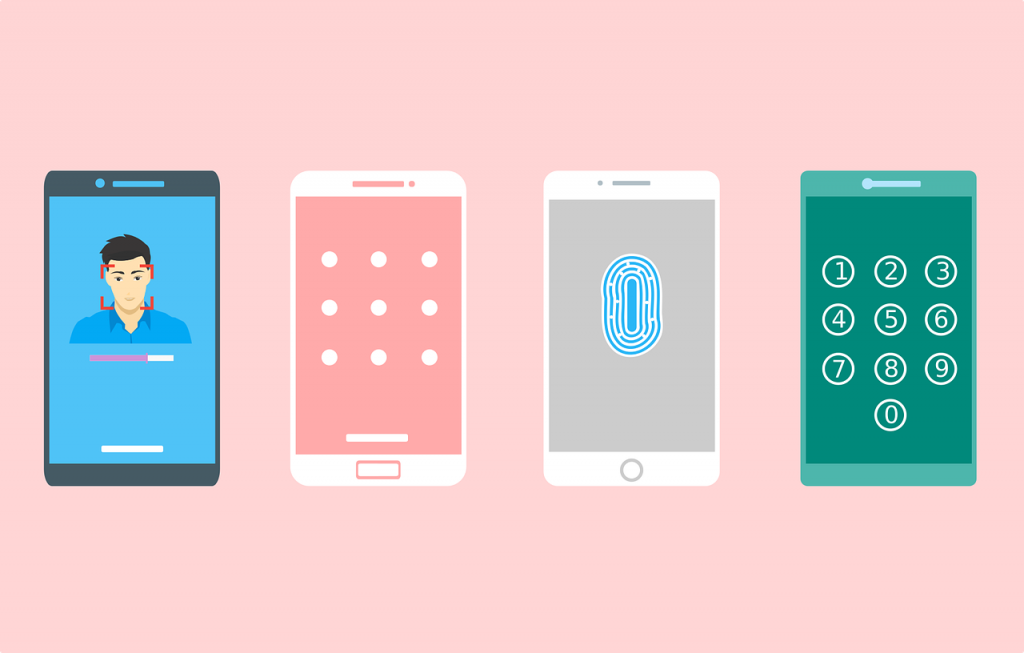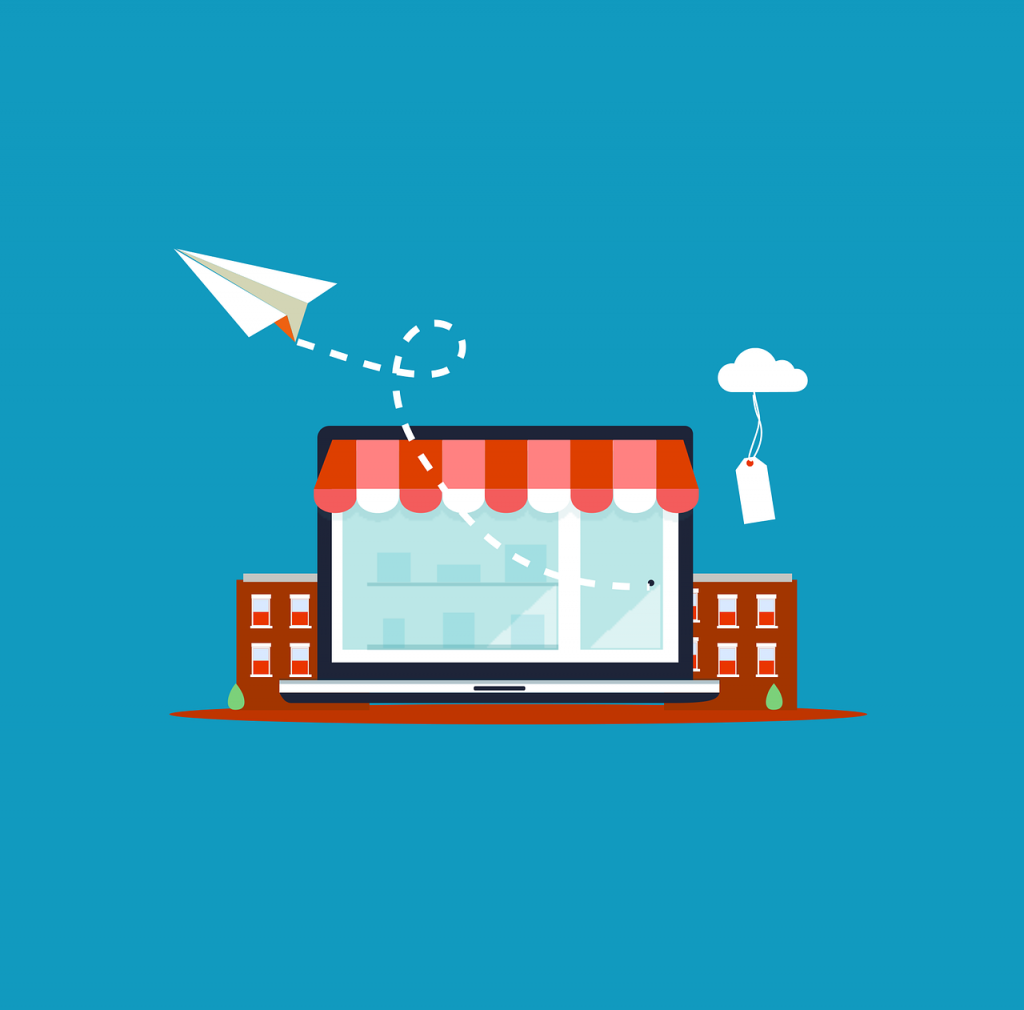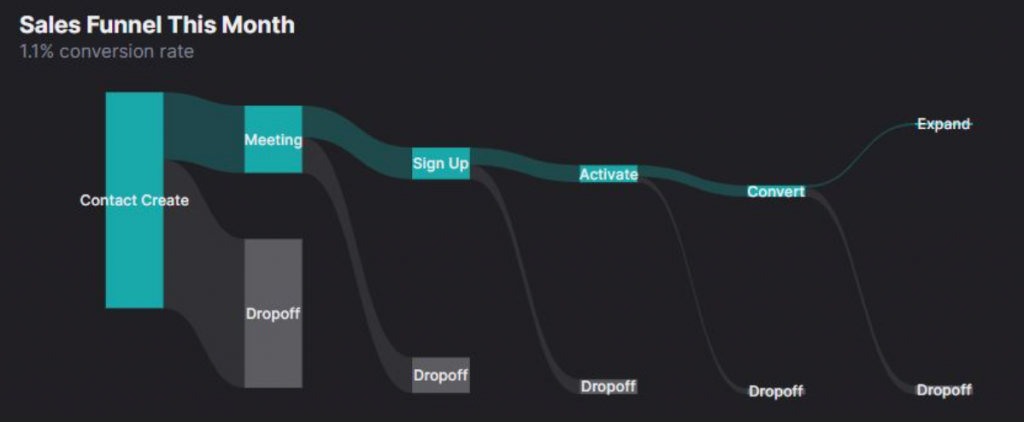How to Win More Customers by Reducing User Friction
Anything that prevents a user from completing a desired activity on a website or app is considered user friction. While user friction is often assumed to be caused by poor user experience (UX) design, however, that’s not the only thing that prevents users from converting.
However, analyzing and addressing user friction is a more complex problem for the majority of products. Imagine a beautifully designed app that loads in far too many milliseconds. Users and even website visitors will leave and go elsewhere which is an example of user friction itself.
To develop smooth digital user experiences, the principle of avoiding friction should be generally implemented in most circumstances. That said, a frictionless experience may not always be in the best interests of the user, especially when developing extremely important technologies.

A lack of friction may appear pleasant at first, however, this should never be at the expense of critical features such as safety or security. Just like any other element, friction needs to be used appropriately. Friction may be a very effective tool for creating better experiences when used properly.
The different types of user friction

As mentioned earlier, friction in conversion isn’t limited to the user experience alone. Let’s take a look at the other forms that user friction can take:
- Emotional friction
Emotional friction refers to the feelings that your users experience that prohibit them from achieving their goal. These are frequently the most difficult to perceive and, hence, to address.
In order to truly understand your users’ emotions, you must do in-depth user interviews and spend time getting to know them, their objectives, goals, and frustrations. You must also encourage them to discuss their emotions related with your product experience. Could anything make them happier? Did they ever feel like they were not being valued enough? Now, this is by no means an easy feat, but it is vital if you want to solve the emotional friction that may be preventing your product from reaching its full potential. - Interaction friction
Since it happens when a website or app’s interface is difficult for consumers to use or understand, interaction friction is easier to measure than emotional friction. The risk that a user may become confused or frustrated and leave the site entirely is decreased when you can design a user experience with little to no interaction friction.
The best way to find friction in interactions is through usability testing. Building user-friendly interfaces, ensuring calls-to-action are obvious, minimizing form fields, and providing consistent UX across all products are some solutions. - Cognitive Friction
When an interface doesn’t work the way a user expects it to and needs too much cognitive load to execute a task, there is a problem with the user experience known as cognitive friction.
Does user friction always mean lost sales?
Lowering friction is a top priority especially in B2C sales. Reduced friction in the sales process leads to faster sales and fewer purchasing barriers. It essentially minimizes the instances where potential clients might back out of a sale.
Consider the last time you made a purchase from an online merchant. Chances are that you were presented with all the available options and prices. With just a few clicks, you must have placed an order and have it show up at your door in a few hours or days.
There aren’t many instances of sales friction in this type of B2C experience, acting as gatekeepers and discouraging you from purchasing. There are no pointless check boxes, questions, or salespeople to interact with. Just a simple and easy buy.

Compare this to the resistance experienced in conventional B2B sales. There are further hurdles to clear and several salespeople to speak with. Forms to complete, rounds of approvals, and sign-offs from a variety of different decision-makers slow down complex B2B purchases.
That said, B2B sales teams should regard friction more like a frenemy than their mortal enemy, as is the case with B2C sales.
Yes, there are occasions when friction may cause you to lose a customer altogether and you should strive to eradicate it. However, there are other situations in which friction could be your best friend in closing your next significant sale.
This is especially the case when sensitive information is involved. If users are in a situation where personal information or money is part of the equation, they may welcome a small amount of friction.
A wonderful example of effective friction is Google’s 2-Step Verification. Does anyone actually relish having to spend two steps to log into their Google account? Most likely not. But users may see the need to go above and beyond to keep their data and documents secure given how much of our digital lives are powered by Google.
Google does an excellent job at making two-step authentication as simple as possible by storing passwords and enabling communication between your devices.
So, user friction does not always mean lost sales. There are times when friction becomes a good thing for your business, like the above example of Google. With strong internal communication, you can reduce friction while fostering company continuity and resilience.
Examples of user friction
Let’s take a look at a few examples of user friction to help you understand how and why it can work in your favor at times;
- The iPhone continues to be the paradigm for drastically lowering interface friction. With capacitive multi-touch screens, the iPhone was the first device to offer an extremely accurate on-screen keyboard. These improvements to the overall UX significantly reduced the interaction friction of every prior generation of smartphones, which created the conditions for this new class of smartphones to become the predominant mobile device that everyone presently carries around in their pockets.

- In addition to offering cheaper rides, Uber also greatly lowers the cognitive friction that was once present when using a cab, bus, or really any other type of public transit. Uber created an incredibly user-friendly app to request a ride, get an accurate estimate and real-time details of how far your driver is and makes payment completely frictionless so you can just walk out of the car. In doing so, Uber essentially eliminated all cognitive friction throughout the user journey.
- Another excellent example of an app that addressed the emotional conflict in the world of online dating is Tinder. By creating a simple algorithm for swiftly evaluating mutual interest, Tinder addressed the emotional friction of online dating head-on and made it far more approachable.
Can good design minimize friction in conversion?
By using UX best practices when designing your product and apps, you may reduce friction in your interfaces, in your customer support systems, and even in your in-store interactions. For instance, designing a more user-friendly layout for your help pages or checkout page can significantly enhance the product experience, which eventually results in more customer retention, revenue, and referrals.
Unnecessary components – both practical and solely ornamental – are what cause friction. Without a simple and seamless design, the robust and powerful shopping options you wish to provide your clients won’t work.
When interacting with UI components we are familiar with, we can rely on our prior experiences. But every time we have to figure out how something new works, there is conflict as too little knowledge can deteriorate the ease of use. Users can better grasp extremely complicated systems and complete challenging tasks with the aid of UI patterns. For this reason, UX/UI designers ought to make use of as many suitable UI patterns as they can. Users don’t have to think about easily recognizable elements, such as the magnifying glass icon for searching.
Ease of use should come first in UX design, and overstimulation should be kept to a minimum. Providing your customers with engaging, delightful design actually aids them in making a purchase decision.

Detecting user friction with product analytics
Although UX experts assert that user experience is crucial to corporate success, most of them aren’t utilizing UX analysis to its full potential.
Companies aren’t really focusing on the UX of their products, which results in friction-filled user journeys.
What results from this? High customer dissatisfaction rates and churn rates. Product analytics tools help teams understand what works effectively with their products and where there is friction in the user experience by examining user behavior and product performance.
Product analytics tools like HockeyStack can give you critical growth data that enables you to simultaneously tackle and solve user issues to deliver outstanding user experiences. HockeyStack is more than just a tool for product analytics. With well-rounded analytics and attribution features, HockeyStack integrates marketing, product, sales, and revenue data.
Tracking the right metrics is key to understand the stages at which your users are experiencing friction and how they’re responding to it. By analyzing the user journey, you can make accurate predictions regarding user behavior and optimize the process for better results.
Here’s a quick look at how businesses can analyze the user journey to find out exactly where the problem lies:

You can also track key metrics such as expansion revenue and churned revenue to understand if your users are struggling with your product:

Another great way to minimize friction and get a better understanding of user perception regarding your product is by sending out surveys. You can modify the questions to get as detailed responses as possible, allowing you to fully grasp the problem and come up with solutions to improve the customer experience as much as possible.

Reduced friction in your user experience offers numerous obvious benefits, including reduced user irritation, more conversions, increased loyalty and retention, and ultimately higher revenue.
You can easily identify the elements on your website that people are getting caught up on using navigation and usability testing, as well as product analytics tools to track user frustration signals.
In UX design, friction occurs when something in the design slows the user down or makes it difficult for them to complete their task. This may be pop-up encouraging users to sign up for a newsletter or, a broken link. Although this may appear to be a bad thing, it can really improve the user experience in some circumstances.
Cognitive friction occurs when a user encounters an interface that appears to be intuitive yet yields unexpected results. This mismatch between the consequence of activity and the expected result generates user annoyance and, at worst, jeopardizes the user experience.



